Bucatini Cacio e Pepe- Ready for some cheesy comfort food? You'll only need 4 simple ingredients (pasta, cheese, butter and fresh cracked black pepper) and about 20 minutes to have this easy Italian pasta dish ready and on your table!
What is Cacio e Pepe?
Cacio e Pepe is comfort food at its best! This Roman dish is big on flavor with only a few simple ingredients. Cacio pronounced CAH-cheeoh is a synonym for formaggio and both words mean cheese in Italian, e Pepe means and pepper. The true Italian version of Cacio e Pepe only has three ingredients: pasta, cheese and pepper.
Sounds really simple right? It is! The magic happens in the process of adding back some of the pasta cooking water to the cooked pasta and cracked pepper before adding in the cheese. The Pecorino cheese turns into a velvety cream when mixed with the hot pasta.
How to make Bucatini Cacio e Pepe:
- Prep the ingredients- This recipe comes together quickly and you’ll want to have all your ingredients ready. Grate the cheese. Crack the pepper (with a grinder, mortar and pestle, or a knife.) and measure out the butter.
- Cook the Pasta- Place 2 quarts water and salt in a large pot and cook pasta according to package directions. You’ll want the pasta to be “al dente”. You will be removing some of the pasta water to add to the sauce when you have about 3 minutes left to cook the pasta. I find it easiest to set a timer, so I know when to remove the water.
- Start the "sauce"- while the pasta is cooking, place the butter and pepper in a large saucepan over low heat until butter is melted. Remove from heat, set aside.
- When 3 minutes from pasta being fully cooked- use a measuring cup or ladle to scoop ½ cup of pasta water out of pot and add to the pan with butter/pepper and return sauce mixture to low heat.
- When 1 minute from pasta being fully cooked -reserve an additional ½ -1 cup pasta water and drain the pasta. Add the drained pasta to the pan with warm butter, pepper and the previously added pasta water. Stir continuously until most of the pasta water has evaporated. Pasta should now be cooked “al dente”. (If necessary, add some of the reserved pasta water and continue cooking until pasta is “al dente”).
- Add the cheese- Remove pan from heat and add cheese, stirring constantly until cheese is fully incorporated (1-2 mins). If necessary, spoon in some of the reserved pasta water to thin the sauce. The sauce should cling to the pasta and be creamy but not watery.
- Serve immediately- garnishing with additional cheese and pepper, if desired.
It’s all about the Cheese!
Classic Cacio e Pepe calls for Pecorino Romano cheese which a hard Italian cheese made from sheep’s milk (pecora means ewe in Italian) and has a strong tangy flavor. It should be easy to find in your local grocery store. If not, or if you prefer something a bit milder in flavor you can substitute Parmesan which is made from cows milk and has a more mild nutty flavor.
Finely grated- whichever variety of cheese you decide to go with you will want to make sure it is finely grated to ensure the cheese melts with the hot pasta water and turns into a rich creamy sauce for the noodles. You can grate it yourself (preferable) or purchase grated cheese.
Since the cheese is essentially the star of the show in this dish, I recommend selecting a high-quality Pecorino Romano (or Parmesan) cheese.
What are the best noodles for Cacio e Pepe?
Traditional Cacio e Pepe calls for Tonnarelli noodles which is the Roman name for spaghetti alla chitarra. It’s fresh pasta that looks like thick square spaghetti. In Rome this pasta is readily available, here in the USA the closest type of noodle that is easy to find is Bucatini (extra thick spaghetti like pasta with a hole running through the middle). If you can’t find Bucatini, regular spaghetti, linguine or fettuccine are all good options.
Butter or No Butter?
Classic Cacio e Pepe does not include any butter.
I’m including butter in this recipe for all those who love “butter noodles” and mac and cheese and will appreciate an extra dose of richness to this recipe. You can easily omit the butter if you'd like to stay true to the classic. Either way you are going to have a big dose of cheesy noodle comfort food.
Variations:
If you don’t mind deviating from the classic recipe there are many delicious ways to vary this recipe:
Add veggies: peas, mushrooms, arugula or spinach would all be good options to add to this recipe.
Make it gluten-free: substitute regular pasta with gluten free noodles
Spicy: add a pinch of red pepper flakes
Add some protein: add cooked shrimp, chicken, sausage, bacon, pancetta or salmon.
Top it off: a dollop of ricotta, a squeeze of lemon juice , or a splash of truffle oil would all be good options.
More Easy Pasta Recipes:
Spinach + Cheese Stuffed Shells
No Bake Spinach + Feta Lasagna
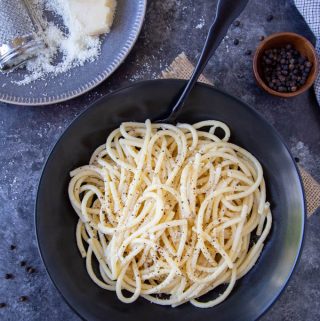
Bucatini Cacio e Pepe
Ingredients
- 8 oz dried Bucatini pasta or Spaghetti
- 1 teaspoon coarsely ground pepper
- 2 Tbsp unsalted butter optional
- ¾ cups approx. 2 oz finely grated Pecorino Romano cheese (or Parmesan)
- 1 cup pasta water- divided reserve when cooking pasta
Instructions
- Have ingredients prepped, measured out and ready to go. Grate the cheese, crack the pepper and measure out the butter.
- Bring a large pot of salted *water to boil over high heat. Add pasta and cook according to package directions (We will be reserving some of the pasta water and removing pasta one minute before the recommended cooking time-see directions below)
- If using butter- add butter and cracked pepper to a large sauce pan and heat over low heat until butter is melted (but not browned). Remove from heat. Set aside.
- If not using butter- add cracked pepper to a large sauce pan and set aside.
- When pasta is about 3 minutes from being fully cooked ladle about ½ cup of the pasta water into the saucepan with butter and pepper. Put pan back on low heat.
- When pasta is about 1 minute from being fully cooked reserve about ½ -1 cup pasta water and drain the pasta. Add the drained pasta to the pan with butter, pepper and the previously added pasta water. Stir continuously until most of the pasta water has evaporated. Pasta should now be cooked “al dente”. (If necessary, add some of the reserved pasta water and continue cooking until pasta is “al dente”).
- Remove pan from heat and add cheese, stirring constantly until cheese is fully incorporated (1-2 mins). If necessary, spoon in some of the reserved pasta water to thin the sauce. The sauce should cling to the pasta and be creamy but not watery.
- Serve immediately, garnishing with additional cheese and pepper, if desired.




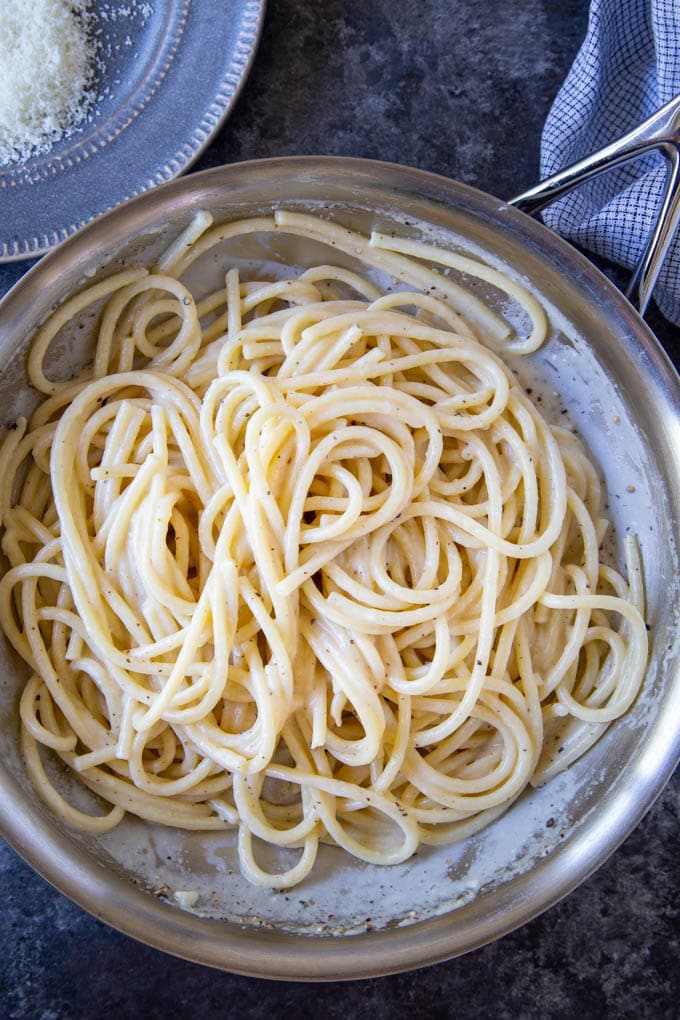
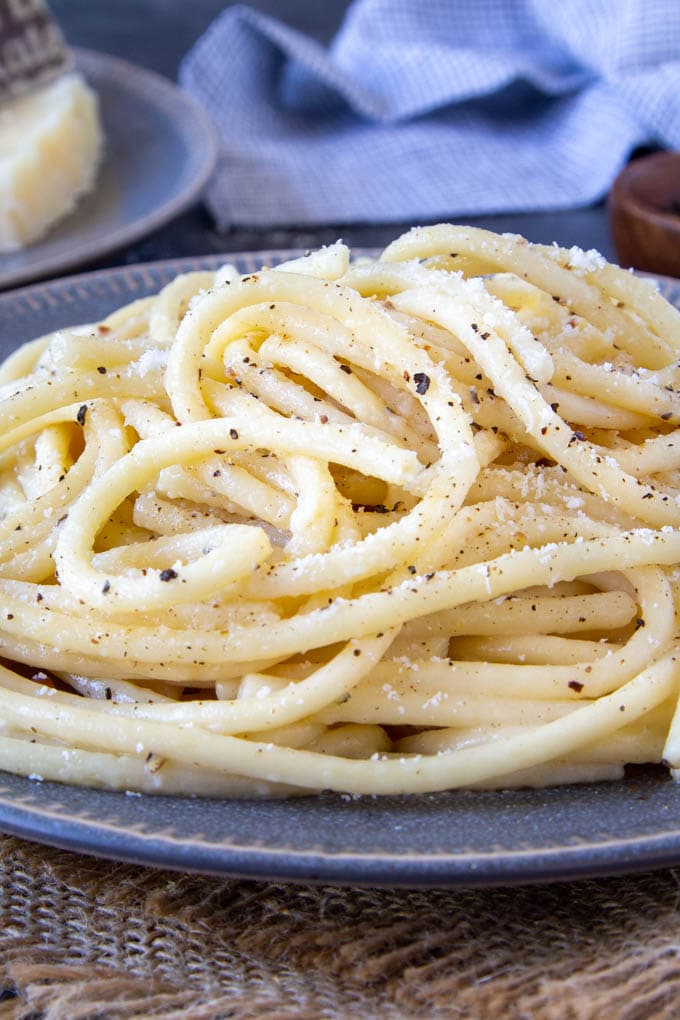
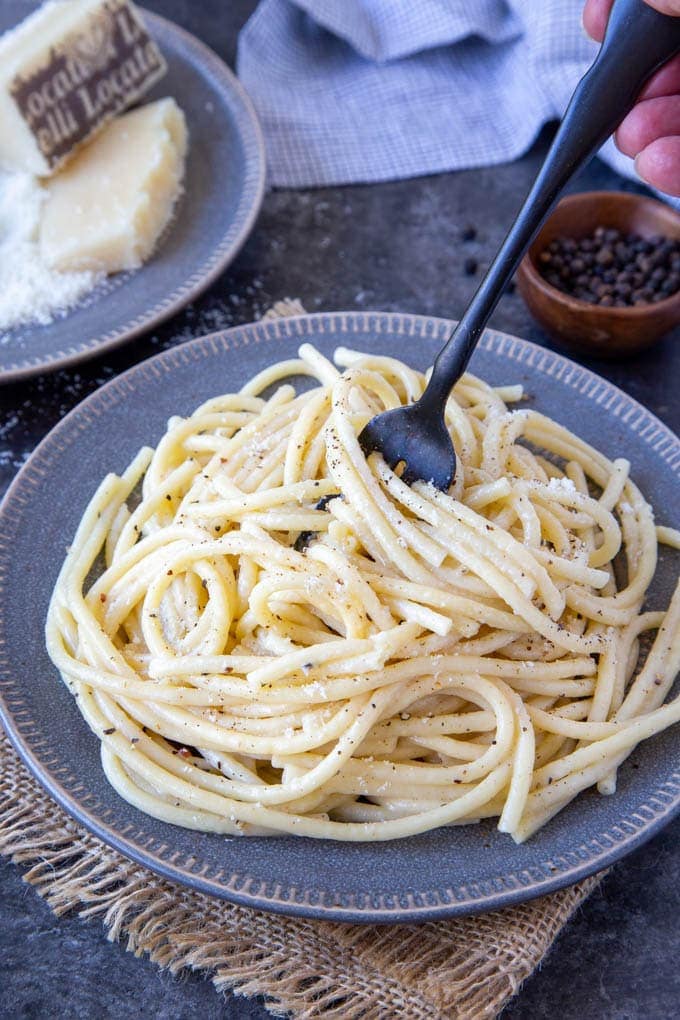
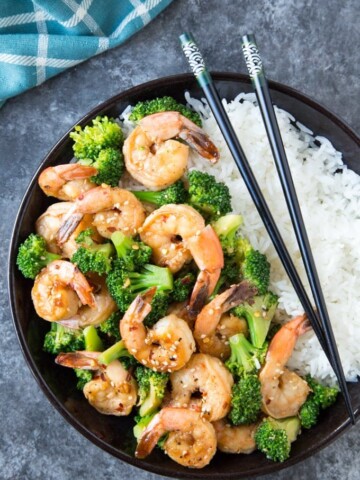
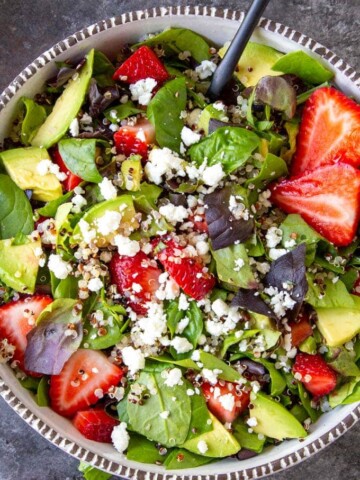
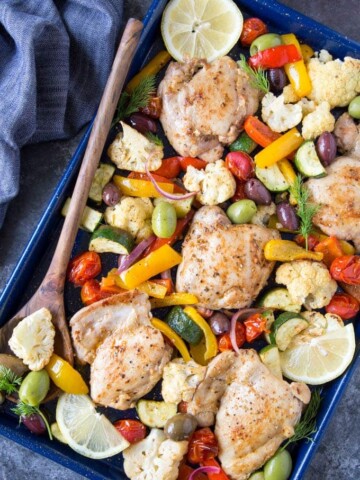
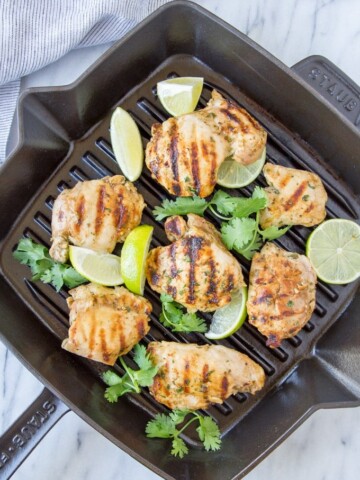
Leave a Reply